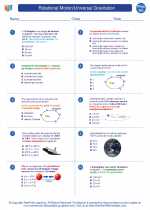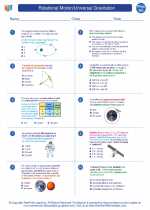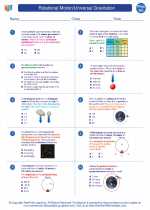Bose-Einstein Statistics
In quantum statistics, Bose-Einstein statistics describe the behavior of indistinguishable particles with integer spin (such as photons, gluons, and W and Z bosons). These particles are called bosons, and they obey Bose-Einstein statistics, which were formulated by Satyendra Nath Bose and Albert Einstein.
Key Concepts
- Indistinguishable Particles: In quantum mechanics, particles of the same type are considered indistinguishable, meaning that it is impossible to tell them apart.
- Integer Spin: Particles with integer spin (0, 1, 2, etc.) are called bosons. They follow Bose-Einstein statistics.
- Bose-Einstein Distribution: This statistical distribution describes the distribution of identical bosons among the available quantum states in a system.
Formulation
The Bose-Einstein distribution function is given by:
f(E) = 1 / (exp((E - μ) / kT) - 1)
Where:
- f(E) is the occupation number of a quantum state with energy E
- μ is the chemical potential
- k is the Boltzmann constant
- T is the temperature
Behavior of Bosons
According to Bose-Einstein statistics, the occupation of quantum states by bosons differs from that of fermions (particles with half-integer spin) described by Fermi-Dirac statistics. One key feature is that there is no restriction on the number of bosons that can occupy the same quantum state, leading to phenomena such as Bose-Einstein condensation.
Study Guide
To understand Bose-Einstein statistics, it's important to grasp the following concepts:
- The nature of indistinguishable particles and the significance of integer spin
- The Bose-Einstein distribution function and its parameters
- The behavior of bosons at different temperatures and chemical potentials
- Comparisons between Bose-Einstein statistics and Fermi-Dirac statistics
- Applications of Bose-Einstein statistics in phenomena such as Bose-Einstein condensation
◂Physics Worksheets and Study Guides High School. Rotational Motion/Universal Gravitation

 Worksheet/Answer key
Worksheet/Answer key
 Worksheet/Answer key
Worksheet/Answer key
